What are the different types of par lighting?
- Introduction: Why Understanding PAR Lighting Matters for Buyers
- What Is PAR Lighting? Basic Definition and Commercial Relevance
- Traditional PAR Cans (Halogen / Tungsten)
- Overview and typical uses — classic par lighting for raw output
- Key specs and pros/cons — what buyers should consider
- LED PAR Lights
- Overview — the most popular modern par lighting for sale
- Variants and control — RGB vs RGBW vs RGBA, DMX and RDM
- Performance metrics — lumen, beam angle and CRI
- COB PARs (Chip-on-Board)
- What COB means and why it matters for pro par lighting
- Advantages and ideal environments
- Battery-Powered and Wireless PAR Lights
- Benefits for portable productions and rental houses
- Considerations when buying battery PAR lighting
- IP-Rated / Waterproof Outdoor PARs
- Why IP rating matters for outdoor par lighting
- Durability, maintenance and lifecycle
- Par Lighting Optics: Beam Angle, Lenses and Zoom
- Beam angle choices and application scenarios
- Choosing lenses and gobos (if applicable)
- Control Protocols and Integration: DMX, RDM, Art-Net and Wireless
- Which control tech pro buyers need to prioritize
- Compatibility and channel modes
- Cost, Performance and Total Cost of Ownership (TCO)
- Comparing CAPEX and OPEX for different par lighting types
- How to Choose the Right PAR Lighting for Your Project
- Checklist for buyers with
- Why Choose a Reputable Manufacturer: LQE's Advantages
- Company credentials and what they mean for buyers
- Conclusion: Matching PAR Type to Production Needs
- FAQ
- Sources and References
Introduction: Why Understanding PAR Lighting Matters for Buyers
PAR lighting (parabolic aluminized reflector lighting) remains a backbone of modern stage lighting. Whether you are planning a concert, theater production, or corporate event and looking to buy par lighting, understanding the varieties—PAR cans, LED par fixtures, COB PARs, battery and waterproof units—ensures you choose the right solution for brightness, color control, durability and price. LQE, founded in 2008 in Foshan, China, manufactures middle- and high-end digital stage lighting with capacity for 100,000 fixtures per year and 80 national patents, offering trusted professional par lighting for global buyers.
What Is PAR Lighting? Basic Definition and Commercial Relevance
PAR lighting refers to fixtures using parabolic aluminized reflectors and lenses to shape a beam. For buyers seeking professional stage lighting, par lighting keywords to watch for are: PAR cans, LED par lights, par lighting for concerts and par lighting for sale. PAR lights are prized for their simplicity, robust output and suitability for washes, backlighting and footlight roles in venues of all sizes.
Traditional PAR Cans (Halogen / Tungsten)
Overview and typical uses — classic par lighting for raw output
Traditional PAR cans house halogen or tungsten lamps and come in standard sizes such as PAR64, PAR56, PAR36 and PAR16. These units are known for strong, warm-color output and simple beam shaping using different lenses and reflector sizes. Event buyers often still use them where high-intensity white light and low upfront cost matter—such as rehearsal spaces or legacy installations.
Key specs and pros/cons — what buyers should consider
Typical halogen PARs: 300W–1000W lamps (PAR64 can be up to 1000W). Advantages: high lumen output, simple maintenance, low purchase price per unit. Disadvantages: high heat, short lamp life (typically 500–2,000 hours), high power draw and no color control without gels. For large-scale productions seeking efficient par lighting, LED options often replace halogen cans.
LED PAR Lights
Overview — the most popular modern par lighting for sale
LED par lights use multiple LEDs and offer color-mixing (RGB, RGBW, RGBA or RGBWA) with DMX control. Keywords: LED par lights, buy LED par lights, professional par lighting. They are energy-efficient, produce less heat and have long lifespans (typically 30,000–50,000 hours for LEDs), making them ideal for theaters, concerts, houses of worship and events.
Variants and control — RGB vs RGBW vs RGBA, DMX and RDM
RGB mixes red/green/blue to create colors; RGBW adds a dedicated white LED for cleaner whites and pastel tones; RGBA adds amber for richer skin tones. LED par fixtures typically support DMX512 control (3–16+ channels depending on modes) and often RDM for remote addressing. For buyers, choosing LED par lights with proper color-mixing and DMX options is key for professional control and compatibility with existing consoles.
Performance metrics — lumen, beam angle and CRI
LED par fixtures vary in power (10W to 300W+). Typical output ranges:
| Type | Typical Power | Typical Lumen Range | Common Beam Angles | Typical CRI |
|---|---|---|---|---|
| Compact LED PAR (wash) | 10–50W | 800–4,500 lm | 25°–60° | 70–85 |
| High-output LED PAR | 100–300W | 8,000–30,000 lm | 10°–60° | 80–95 |
| COB LED PAR | 50–300W | 5,000–30,000 lm | 8°–60° | 80–98 |
Note: lumen output varies by LED efficiency and optics. For stage work, consider lux at distance and beam angle rather than raw lumens alone.
COB PARs (Chip-on-Board)
What COB means and why it matters for pro par lighting
COB (Chip-on-Board) LEDs pack many LED chips into a single emitter producing a smooth, even wash and higher lumen density. Commercial buyers choose COB par lighting for strong, even washes with better color rendering (higher CRI) and more consistent beam quality—especially useful in broadcast studios and theatrical stages where color fidelity matters.
Advantages and ideal environments
Advantages include high output-to-size ratio, smoother color mixing (less color fringing) and improved CRI (often 90+ in High Quality models). COB PARs are popular in professional environments: television studios, theaters, and corporate events demanding consistent color and tight beam control.
Battery-Powered and Wireless PAR Lights
Benefits for portable productions and rental houses
Battery PARs provide cable-free operation, enabling dramatic placement on stages, outdoor events or remote shoots. Keywords: wireless PAR lights, battery par lighting, hire par lighting. Battery runtimes typically range 4–12 hours depending on battery capacity and output settings—enough for many events. These units often include integrated charging docks and wireless DMX or Bluetooth control for setup speed and flexibility.
Considerations when buying battery PAR lighting
Check battery chemistry (Li-ion), runtime at full output, recharge time, and whether the fixture supports wired power input for extended use. For rental companies and event producers, battery PARs reduce setup time and labor costs but usually cost more upfront than mains-only LED PARs.
IP-Rated / Waterproof Outdoor PARs
Why IP rating matters for outdoor par lighting
Outdoor par lighting requires IP-rated fixtures to resist dust and water. Common ratings: IP65 (dust tight and water jets) and IP67 (temporary immersion). Keywords: outdoor par lighting, waterproof par lights, IP65 par lighting. For architectural lighting, theme parks, and outdoor concerts, selecting the correct IP rating is essential to protect fixtures and ensure safety.
Durability, maintenance and lifecycle
Outdoor-rated PARs use sealed housings and corrosion-resistant materials. While upfront cost is higher than indoor fixtures, lifecycle costs drop because outdoor PARs avoid frequent replacements due to weather damage. Look for rugged builds, good thermal management and manufacturer warranties when buying outdoor par lighting.
Par Lighting Optics: Beam Angle, Lenses and Zoom
Beam angle choices and application scenarios
Beam angle defines spread: narrow (spot, 8°–20°) for accents and tight beams; medium (20°–40°) for stage washes; wide (40°–60°+) for broad area lighting. Zoom PARs allow adjustable beam angles for flexible use—useful for rental houses serving diverse shows.
Choosing lenses and gobos (if applicable)
Many PAR fixtures use interchangeable lenses for beam shaping. Some LED PARs support internal diffusion or framing for edge control. For buyers seeking par lighting for concerts or theaters, modular optics reduce the number of fixture types needed, lowering inventory costs.
Control Protocols and Integration: DMX, RDM, Art-Net and Wireless
Which control tech pro buyers need to prioritize
DMX512 remains the industry standard for fixture control. RDM adds remote device management. For networked venues, Art-Net or sACN allow fixtures to be controlled over Ethernet. Wireless DMX and Bluetooth let you control battery and portable PARs without cable runs—important keywords: DMX par lighting, wireless par lights.
Compatibility and channel modes
LED PARs offer multiple DMX channel modes: simple RGB 3-channel, RGBW 4-channel, or extended modes for dimming, strobe, macros and individual LED control. When buying par lighting for professional installations, confirm compatibility with your console and whether fixtures support firmware updates for future features.
Cost, Performance and Total Cost of Ownership (TCO)
Comparing CAPEX and OPEX for different par lighting types
Initial purchase price (CAPEX) favors traditional halogen PARs. Operational costs (OPEX) strongly favor LED and COB PARs due to lower power consumption (LEDs can use 60–90% less energy), reduced maintenance and longer lifespans. For rental companies and venues, LED par lights often deliver lower TCO despite higher initial spend.
| Type | Typical Purchase Price per Unit | Estimated Lifetime Hours | Typical Power Consumption | Maintenance Notes |
|---|---|---|---|---|
| Halogen PAR can | Low ($50–$200) | 500–2,000 h | 300–1000W | Frequent lamp changes, high heat |
| LED PAR | Medium ($100–$800) | 30,000–50,000 h | 10–300W | Minimal maintenance, long life |
| COB LED PAR | Medium–High ($300–$1,200) | 30,000–50,000 h | 50–300W | Low maintenance, high CRI |
| Battery PAR | High ($300–$1,500) | Battery cycles vary | 10–200W (onboard battery) | Battery maintenance, charging needs |
| IP-rated Outdoor PAR | Medium–High ($300–$1,500) | 30,000+ h | 10–300W | Weatherproofing, periodic seals check |
How to Choose the Right PAR Lighting for Your Project
Checklist for buyers with
When selecting par lighting—whether to buy par lighting for concerts or outfit a theater—use this checklist:- Determine required brightness (lux at throw distance) and beam angle for your application.- Choose color-mixing type: RGB, RGBW or COB for better whites and skin tones.- Decide on control: DMX/RDM required? Art-Net/sACN for networked setups?- Consider power infrastructure: can the venue support mains draw, or do you need battery/wireless options?- Evaluate IP rating for outdoor use and warranty/after-sales support from the manufacturer.LQE can support OEM/ODM customization and volume manufacturing for buyers seeking tailored par lighting solutions.
Why Choose a Reputable Manufacturer: LQE's Advantages
Company credentials and what they mean for buyers
LQE, headquartered in Foshan since 2008, has a production base of ~10,000 square meters, annual output capacity of 100,000 fixtures, and 80 national patents—evidence of R&D strength and manufacturing scale. For buyers, this means reliable supply chains, consistent product quality, faster custom development and solid after-sales support—critical when purchasing par lighting for professional touring or fixed installations.
Conclusion: Matching PAR Type to Production Needs
Choosing the right par lighting depends on your priorities: raw output and low cost (halogen PAR cans), energy efficiency and flexible color control (LED PARs), high color fidelity (COB PARs), portability (battery PARs) or weather resistance (IP-rated PARs). For most modern venues and rental fleets, high-quality LED or COB PAR fixtures provide the best balance of performance, longevity and TCO. If you need help sourcing par lighting or custom OEM/ODM solutions, LQE’s experience in professional stage lighting makes us a strong partner for delivering reliable, high-value fixtures.
FAQ
What is the difference between PAR cans and LED PAR lights?PAR cans are traditional fixtures using halogen lamps with fixed color and strong heat output; LED PAR lights use LEDs for color mixing, lower power draw and longer lifespan.
Which beam angle should I choose for stage washes vs spot effects?For stage washes pick medium to wide angles (20°–60°); for spot or beam effects choose narrow angles (8°–20°) or zoom PARs for flexibility.
Are COB PARs better for TV and broadcast?Yes. COB PARs typically provide smoother, denser light and higher CRI, which improves skin tones and color accuracy for broadcast and studio work.
Can battery PAR lights run a full show on one charge?Many battery PARs run 4–12 hours depending on output level. For full-power prolonged use, check the manufacturer’s runtime and consider backup batteries or mains power when possible.
What IP rating do I need for outdoor par lighting?For general outdoor use IP65 is commonly sufficient (dust tight, water jets); for temporary immersion or harsher conditions choose IP67 or higher.
Sources and References
- LQE company data and product specifications (LQE internal materials, 2008–2024).
- USITT: DMX512 protocol overview and industry control standards.
- IEC lighting fixture standards and IP rating definitions (common industry practice).
- Lighting Research Center and industry white papers on LED lifetime and CRI considerations.
- Market reports and analysis on LED stage lighting trends (industry aggregate reports through 2023).
Top 10 laser stage lighting Manufacturers and Supplier Brands in us
What is best led stage lights factories ? | Ultimate Insight
DMX512 Basics for Moving Head DJ Lights
Top 10 moving wash lights Manufacturers and Supplier Brands
Distributor
Do you offer OEM/ODM support for distributors?
Yes, as a professional OEM/ODM manufacturer, we support brand customization, including logo printing, packaging design, and even custom features based on project needs.
How can I apply to become a distributor?
Simply fill out the contact form on this page or email us directly with your company information, market background, and cooperation intention. Our sales team will get in touch with you within 1–2 business days.
Can LQE help with product training and technical guidance?
Absolutely. We offer remote training sessions, user manuals, installation guides, and continuous technical support to help your team understand and sell our products with confidence.
1000w
Can I Have a Sample Order for an LED DJ Light?
Sure, sample order are welcome to test and check LQE quality. Mixed samples are acceptable.
What Is the Warranty Offered by LQE Lighting?
LQE lighting offers a comprehensive 1-year warranty and spare parts on its products, giving customers peace of mind and investment protection.
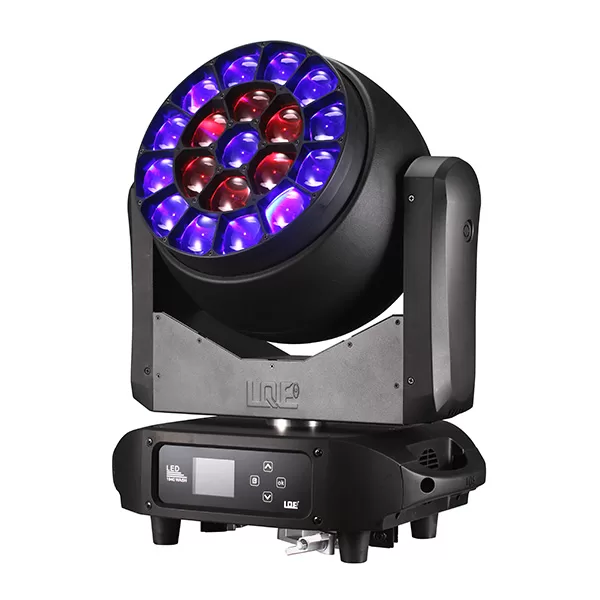
600w 19x40w RGBW Stage Moving Head Wash Light LW600 Zoom IP20
600W 19x40W LED RGBW Mulichips Moving Head Wash Lights with Zoom (5°–50°), Covering Large Range and Long Distance. IP20: Designed to deliver a 5°–50° ultra-large zoom range to achieve a greater wash effect, illuminating stages and events with stunning ring control lighting effects.
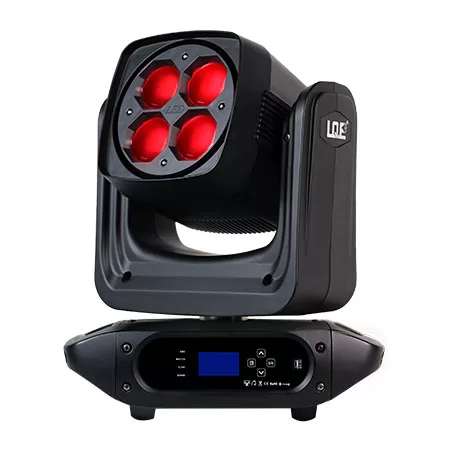
LED Moving Head Stage Wash Light LW200Z
The versatile moving head stage light provides a powerful lighting solution for theaters, concerts, and large outdoor performances. Suitable for theaters, TV stations, entertainment stages, and large outdoor performance scenes.
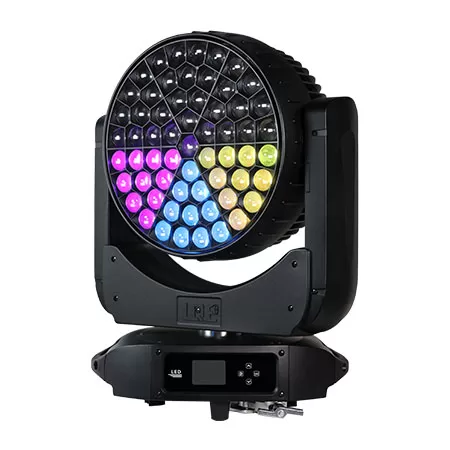
1000w 61x40w RGBW Stage Moving Head Wash Light LW1000
1000W 61x40W LED RGBW Mulichips Moving Head Wash Lights with Zoom (5°–50°), Covering Large Range and Long Distance. Designed to deliver a 5°–50° ultra-large zoom range to achieve a greater wash effect, illuminating stages and events with stunning lighting effects.
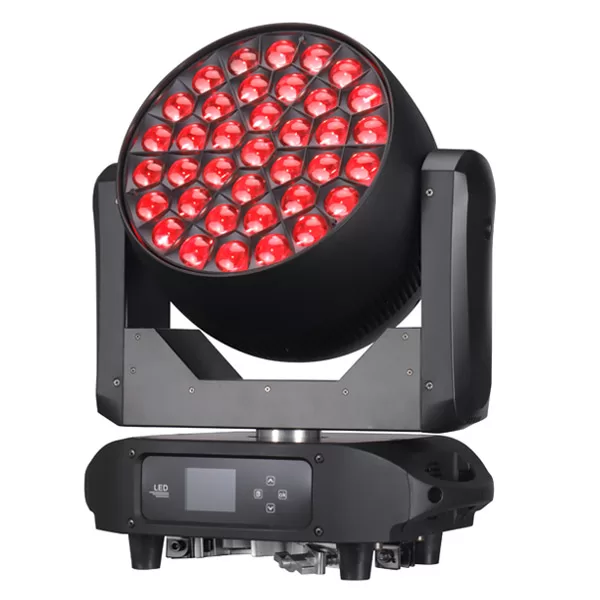
800w 37x40w RGBW Stage Moving Head Wash Light LW800
800W 37x40W LED RGBW Mulichips Moving Head Wash Lights with Zoom (5°-50°), Covering Large Range and Long Distance. Designed to deliver a 5°–50° ultra-large zoom range to achieve a greater wash effect, illuminating stages and events with stunning ring control lighting effects.

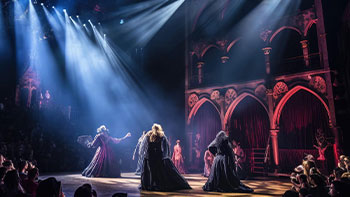
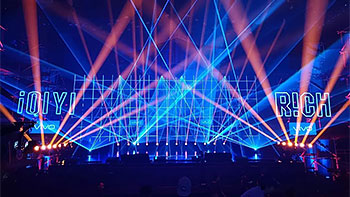
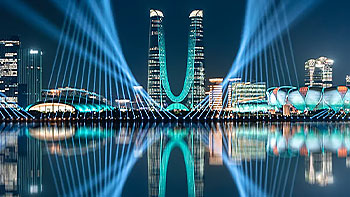
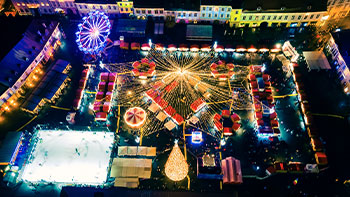
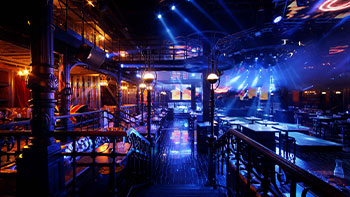
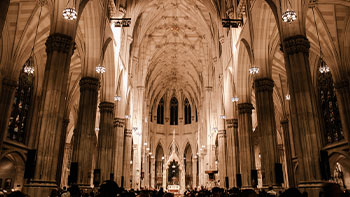






Linkedin
YouTube
Whatsapp: +8618924548390
TikTok